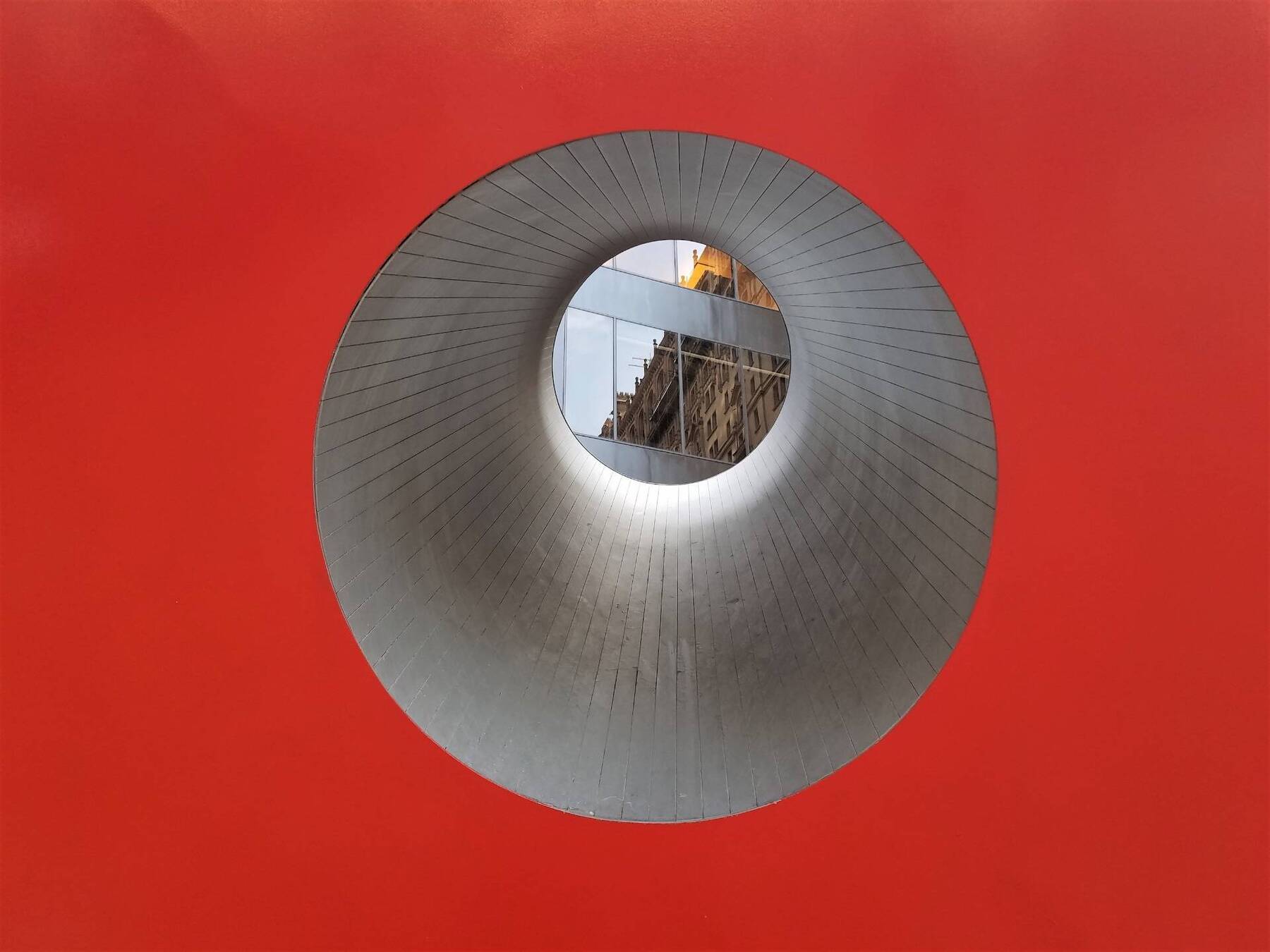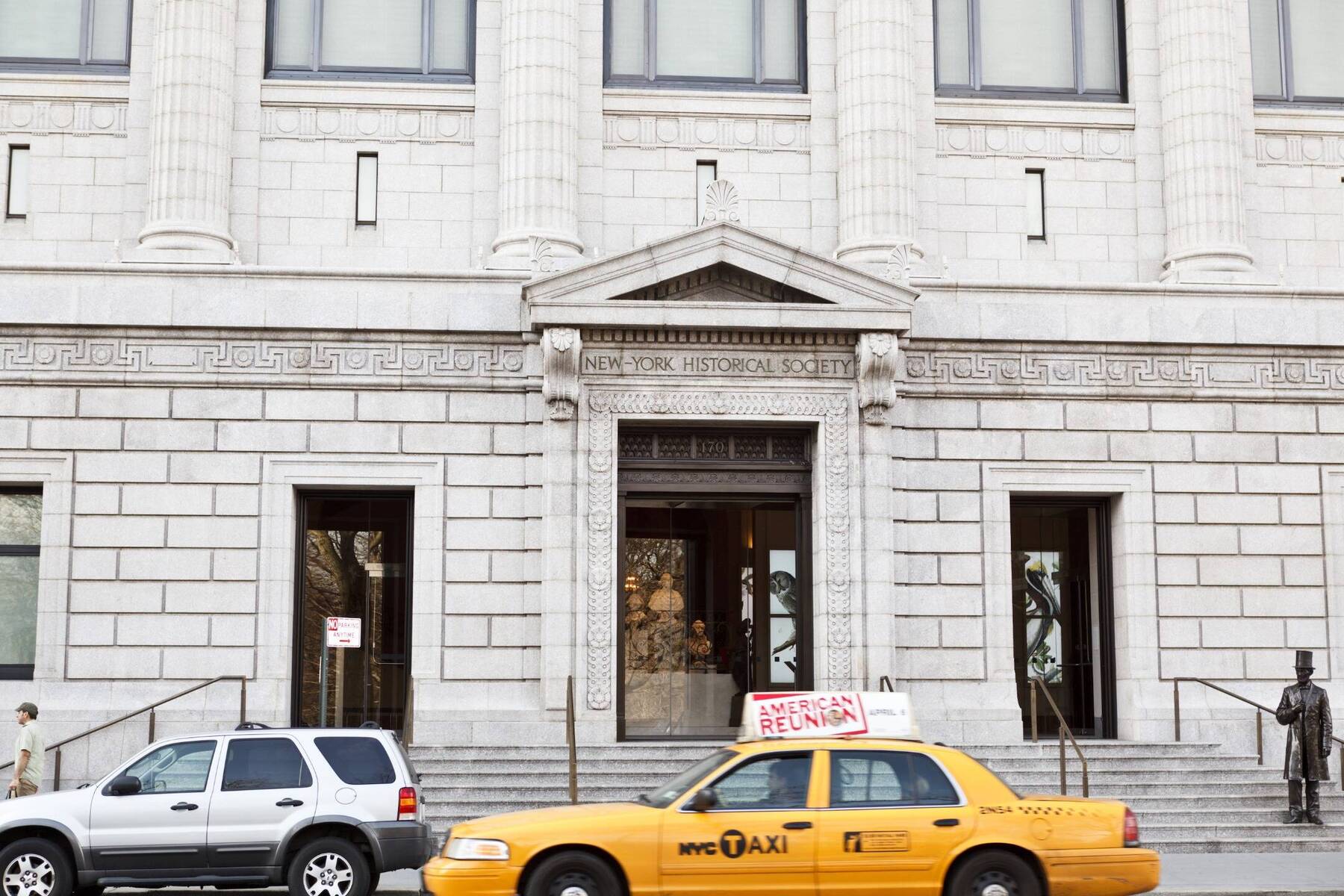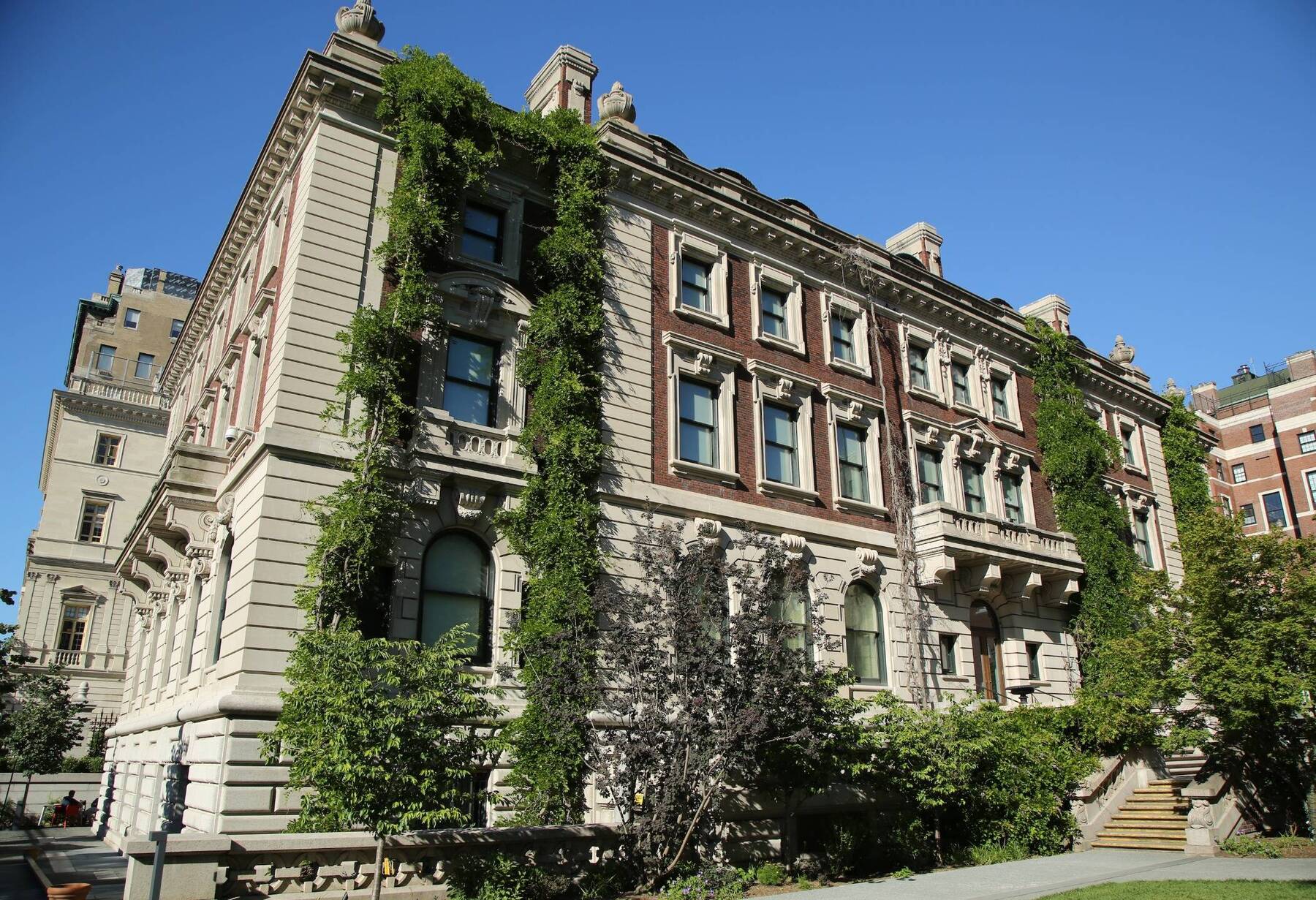The Frick Collection: A Billionaire's Love Letter to Their Art
Picture this: an industrialist accumulates an insane amount of wealth in his lifetime and builds a Gilded-age mansion in the middle of the Upper East Side with the intention of using it to hold his art for others to admire. Though Mr Frick stocked his home with a plethora of sculptures, romantic portraits of nobleman and landscapes, and a courtyard accompanied with marble pillars, the well-established man only lived in it for five short years.
Though Mr Frick wasn't able to reap the benefits of this house for long, New York City and all her visitors get to! Nestled seven streets down from the Met, The Frick Collection is an ideal alternative; a more intimate, old-money feel museum. The no-pictures-please interior is finely decorated with historical art pieces by Bellini, Gainsborough, El Greco, and more. Aside from the courtyard, there are two rooms dedicated to French artists. Baby angels, with their rosy cheeks and beady eyes, float around the walls creating a tranquil aura.























Comments